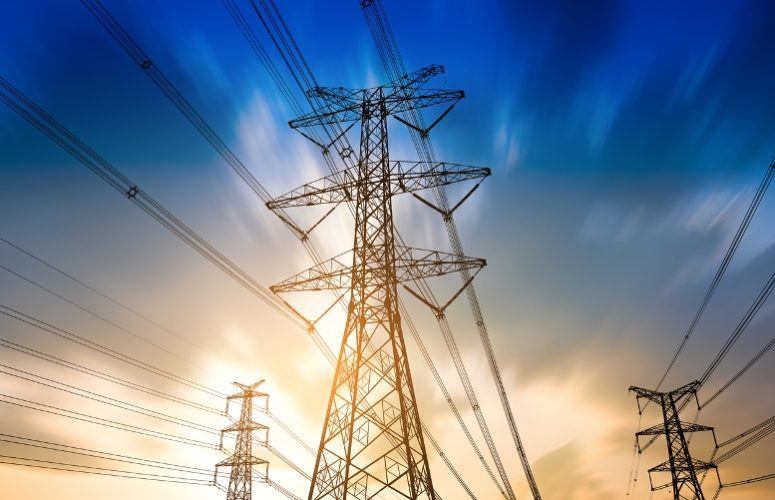
PSEG Looks to Attain Net-Zero Carbon Emissions by 2050
On Jul 26, 2019As part of its Powering Progress vision for the future, PSEG expects to cut its power fleet’s carbon emissions by 80% by 2046, from 2005 levels. PSEG also announced its vision of attaining net-zero carbon emissions by 2050 assuming advances in technology and public policy. In support of these carbon-reduction goals, PSEG also announced that it has no plans to build or acquire new fossil-fueled power plants. PSEG is committing to reporting annually on sustainability and climate using the Task Force on Climate-related Financial Disclosures (TCFD) framework, starting in 2020.
PSEG already has one of the lowest carbon emissions rates among the largest U.S. power producers, according to “Benchmarking Air Emissions of the 100 Largest Electric Power Producers in the United States,” released by M.J. Bradley & Associates, Bank of America, CERES, Entergy, Exelon and the Natural Resources Defense Council. PSEG Power’s fleet has reduced its carbon emission intensity by more than 40% since 2005 and is about half the emission intensity compared to the country overall. This has been achieved by maintaining its nuclear units, investing in highly efficient gas-fired generation units and renewables, and exiting coal-fired generation assets.
For more than a century, PSEG’s mission has been to provide universal access to an around-the-clock supply of reliable, affordable power. Building on this mission, last year PSEG launched its Powering Progress vision for the future — a vision where customers universally use less energy, the energy they use is cleaner, and its delivery is more reliable and more resilient than ever. Today’s announcement is the next step in PSEG’s Powering Progress vision.
“The science of climate change is clear and we believe society must move beyond simply ‘heeding warnings’ to acting on them,” PSEG Chairman, President and CEO Ralph Izzo said. “PSEG has a long history of taking ambitious action to enhance the lives of our customers and communities. As we share our vision to achieve net-zero carbon emissions by 2050, we recognize that there is no one magic bullet that will get us to a 100% carbon-free future. The energy industry has always relied on innovation, efficiency, smart policies and an all-of-the-above strategy to address its greatest challenges. Succeeding in a carbon-constrained future will not be any different.”
Because PSEG believes that greater carbon reductions can be achieved with the right technology and supportive public policy advances over the next 30 years, the company established its vision of net-zero carbon emissions by 2050. PSEG already is New Jersey’s largest supplier of low- and zero-carbon electricity and energy-saving solutions and has a long history of addressing climate change as an embedded part of its business and culture including:
- PSEG’s emission rate in 2017 was 461 lb/MWh, below the International Energy Agency’s (IEA) “Beyond 2C Scenario” 2030 projected CO2 emission rate for the U.S. electric sector of 510 lb/MWh. PSEG’s projected emission rate upon the completion of our coal exit strategy will be 334 lb/MWh.
- PSEG’s Salem and Hope Creek nuclear generating plants supply more than 90% of the state’s emissions-free power.
- By 2021, PSEG Power will have retired or exited through sales more than 2,400 MW of coal-fired generation, thus nearing completion of its coal exit strategy. Most recently, in June 2019, PSEG Power announced an agreement to sell its interest in the Keystone and Conemaugh coal plants in western Pennsylvania.
- PSE&G energy efficiency programs are currently saving participants $242 million a year in energy costs as well as enough electricity annually to power 38,000 homes and enough natural gas to supply 9,000 homes. The pollution avoided from these energy savings is equal to removing 37,000 cars from the road for one year.
- Looking forward, PSE&G’s $2.5 billion Clean Energy Future investment proposal for 22 energy efficiency programs would allow participating customers to save $5.9 billion on their bills by helping them use less energy and reduce carbon emissions.
- PSEG is also a leading developer of solar energy resources having invested approximately $1.8 billion in 674 MW of solar, including 262 MW in New Jersey and 412 MW in 13 other states.
- PSEG is an active supporter of New Jersey’s efforts to develop offshore wind facilities, including supporting Ørsted in its Ocean Wind project, which was recently awarded development of an 1,100 MW offshore wind farm.
“We know that climate change and the need to decarbonize our economy mean that this company and others like it must work toward a greener future,” Izzo said. “We believe that members of PSEG’s current workforce will be essential to maintain the safe, reliable and efficient operations that are a hallmark of our fleet – even as priorities shift to cleaner energy sources.”
“Today’s employees are part of the PSEG legacy and have a tremendous amount to offer as our company evolves to meet the needs of a clean energy future,” he said.
To access more business news, visit NJB News Now.
Related Articles:





